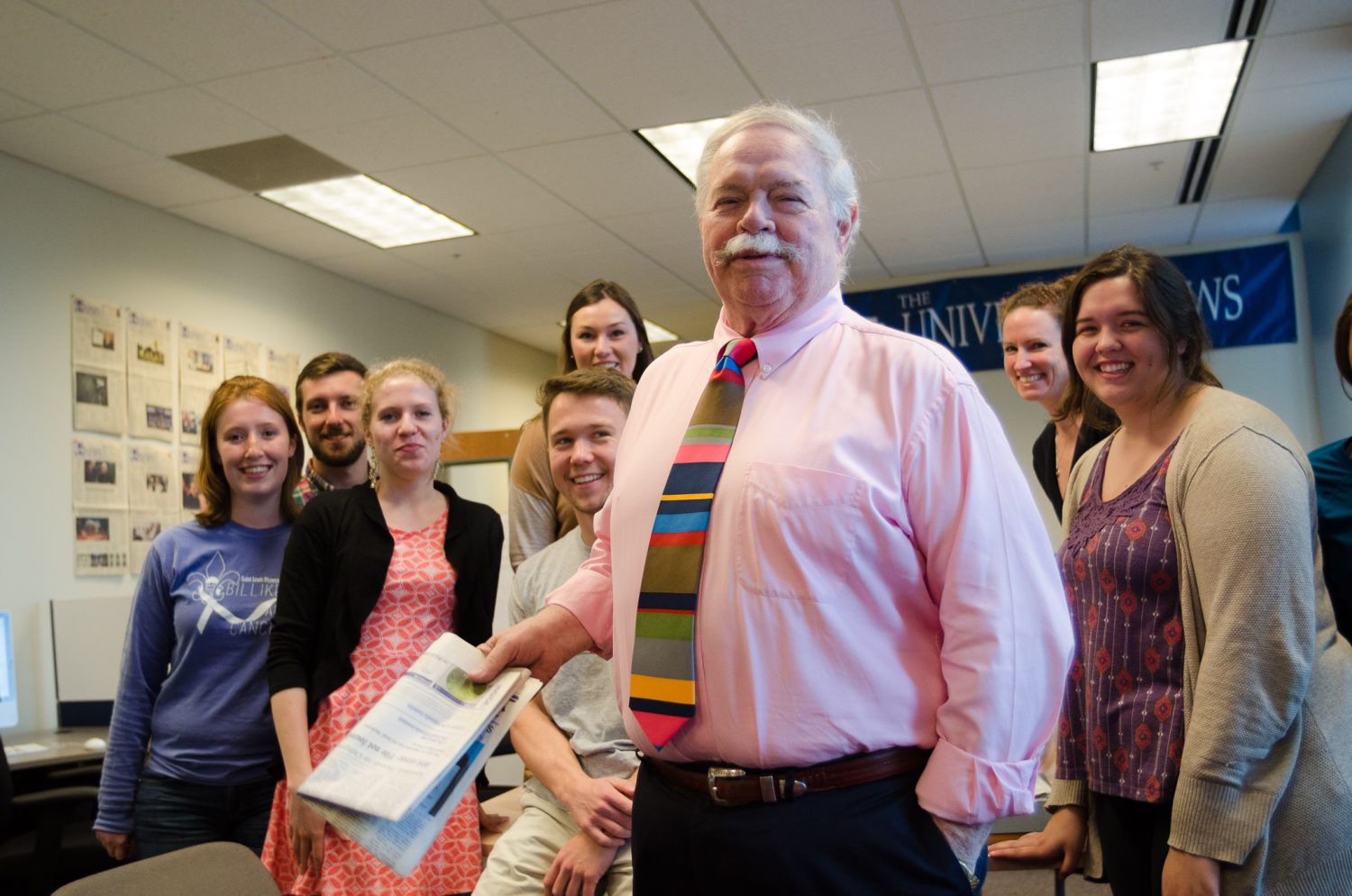We cannot escape, it is everywhere. No, not the government-commercials. Commercialization has crept into every facet of our life, from the moment we wake up to when we go to bed our eyes and ears are assaulted by a plethora of ads designed to sell us something we probably do not need and can live just fine without. A daily barrage of worthless information is directed to us from corporate headquarters. But, as annoying as all these commercials (and their resulting cultural implications) are, the shocking thing is the extent to which commercialization has encroached upon public education in America.
In my own educational experience, commercials were everywhere. A few memorable ones were the Pizza Hut Book It! Program, the textbook covers given away by McDonalds, free trial Surge (is that soft drink even around anymore?), and the Coca-Cola Renaissance Scholars program. Looking back, I never stopped to think about the implications of all these corporate ad logos staring me in the face, but now it really irks me. Thankfully, the school district I attended was well-off enough that corporate-sponsored textbooks were not utilized. However, for the students in low-income neighborhoods often the textbooks are sponsored and given away by companies. In a study of over 200 examples of educational materials donated by corporations to schools, nearly 80 percent of them contained biased or incomplete information. For instance, a chocolate company sent a fact sheet that said, “Myth: Chocolate is high in fat and raises cholesterol.” Even worse are the science textbooks donated by oil companies that dismiss the idea of global warming and pollution and forget to mention the Exxon-Valdez oil spill.
Another interesting side-effect of commercials within schools is the reaction of some gutsy students. In one high school, a student displayed a Pepsi shirt during the school’s “Coca-Cola Day.” While many viewed it as a humorous jab at the mass commercialization of society, not everyone thought so, especially not the Coca-Cola executives, so the student was promptly suspended. So now offending corporate interests in an educational setting when students should be learning to question the world around them is a suspendable offense? Frightening.
Probably one of the most egregious examples of commercials in the classroom is the television program Channel One. The company leases televisions to schools in return for a twelve-minute “news program” that is shown daily. Within the 12 minutes of “news” are two minutes of commercials and only 20 percent of the program is devoted to real news items such as recent political and social events. Channel One, which 25 percent of public schools in America receive, truly delivers a “captive audience” to its advertisers since during the 12 minute program replete with ads, teachers cannot change the channel, turn off the program or lower the volume. In addition, teachers are not allowed to preview the show that they are forcing the students to watch. So time that should be spent educating the students is instead spent on viewing commercials.
Although it makes economic sense for companies to want to reach a wider and wider consumer base, it does not make it morally justifiable. The rise of “cradle to grave” advertising in recent years has led to increased debates about the morality of advertising and consumer consumptive culture. Children are impressionable and especially in a school situation, with adults they trust, commercials are the last thing that should be allowed in.
The increasing commercialization is one way for struggling school districts to make ends meet. But the failings of the public education system due to unequal funding should not be solved through turning children into a captive audience for advertisers. School is supposed to be an environment of education and trust, not a six-hour ad for Frosted Flakes.
Lubna Alam is a junior studying history.



